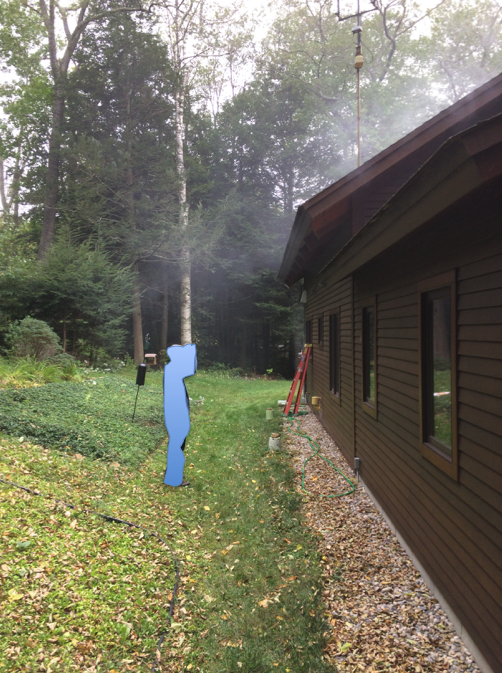Caulk joint sealants can be a major deciding factor in how long your building envelope lasts. Is there a better way to predict how long the sealants last?
Durability, or service life, is critical to the overall performance of liquid caulk joint sealants in the water and air barriers in our buildings.
If we can figure out how long sealants actually last then we can come up with a prudent inspection schedule—and have a good idea of how they’ll fail and how to replace them. The good news about sealants is that they are generally exposed to view—unlike flashing tapes, which are generally buried and inaccessible. (More on tapes in a future post.)
Fairly assessing durability or service life
We are always hoping for that one magic test that fairly, accurately, and realistically portrays one or more performance attributes of our building materials.
The trouble is that, while field tests can be more realistic, they tend to introduce many uncontrolled or non-measurable conditions. And the trouble with laboratory tests is that they set, control, and measure many conditions, making them often far from what actually goes on in the field.
It turns out that we have plenty of useful standardized laboratory tests for both liquid sealants and tapes that we use in our weather and air barriers. That’s the good news. The bad news is that we haven’t had useful tests for the field service life prediction of those same sealants and tapes—until recently.
Field service life prediction of liquid sealants
For the last ten-plus years, I have been keeping loose track of the work of Christopher White at the National Institute of Standards and Technology (NIST). Back around 2000, he started an ambitious research effort to predict the field service life of liquid sealants. Each year or so, I would give Christopher a call inquiring about this work, and his perfectly amiable response was, “Still working on it, but nothing really to report yet.”
But last year in June, he surprised me. “Good news! I have published quite a bit now on the field service life prediction test research and am making good headway on related ASTM tests.”
The weathering engine
The centerpiece of White’s work on field service life prediction of liquid sealants is the test rig: a PVC weathering engine.
Designed to capture key aspects of sealant performance, its beauty is its relative simplicity (readily available components) and acceptability within the industry. The rig is made up of two basic parts—a fixed support frame (the doubled two-by hardwood supports) and a moving frame (the 4-inch diameter PVC pipes). These two frames are linked where the sealants are stressed between two plates, with the stress being monitored and measured by a load cell and linear variable differential transformers (LVDTs).
As temperature changes cause expansion and contraction of the PVC pipe and the sealant is exposed to other environmental factors (temperature, UV, relative humidity, precipitation) as recorded by the weather station, several key aspects of service life can be measured and then predicted as the result of the rig and test output.
White’s most important standardized testing effort to date is in revising ASTM C1589 (05), Standard Practice for Outdoor Weathering of Construction Seals and Sealants, to embrace the PVC weathering engine. This standard is currently being balloted within ASTM. With any luck, building professionals will soon be able to cite this standard as a leading performance criterion for liquid sealants— and manufacturers will cite this standard and results in their product information.






